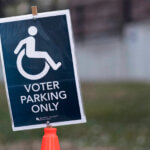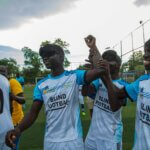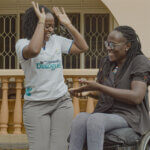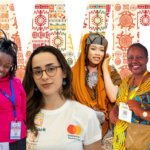- General
- Disability Rights
As half the world goes to the polls this year, people with disabilities are regularly denied their right to vote. Here are five ways to ensure elections are disability inclusive, with equal voting access for all.
2024 is the biggest election year in history, with about half the world’s population eligible to vote.
But one in six people risk being excluded from the democratic process. Voting is a fundamental right for all adults, but it is a right often denied to people with disabilities.
Research has found people with disabilities are “much less likely to vote than other citizens”. In many African countries, there are “many and multiple barriers”. These include inaccessible polling stations, information not available in sign language or Braille and social exclusion.
Every adult has the right to vote. The United Nations’ Convention on the Rights of Persons with Disabilities (UNCRPD) enshrines the rights of people with disabilities to vote and stand as candidates in elections.
Here are five ways to ensure people with disabilities have equal access to voting in elections.
1. Engage early for equal access
An inclusive elections guide for Burkina Faso was written by the Ministry of Women, National Solidarity, Family and Humanitarian Action, and COMUD/Handicap, with technical and financial support from Light for the World. The guide makes recommendations for “full and effective participation of people with disabilities in the electoral process”.
The guide urges National Electoral Commissions to continuously engage with people with disabilities to ensure equal access to voting.
Commissions should work with Organisations of People with Disabilities (OPDs) and inclusion experts to provide information and training for people with disabilities and the general public.
Commissions, political parties and government policymakers should directly engage with OPDs to create mutual trust and understanding ahead of an election being called.
“Information and training — for voters with disabilities and those without — must include awareness raising on the importance of voting and how to register to vote,” says Ambrose Murangira, Technical Director for Disability Inclusion at Light for the World.
“OPDs can advise on barriers people with disabilities may face and help identify inaccessible polling stations or steps in voter enrolment processes.
“And electoral commissions should assign a focal person to support voters with disabilities with information and to answer questions.”
They should also provide information in accessible written (including in Braille), audio and audio-video formats, with captions and sign language, across traditional media, digital platforms and via community outreach.
On their own website, electoral commissions should provide information on disability inclusion in elections.
2. Inclusive party platforms
Equal access to information is crucial for disability-inclusive elections and people with disabilities have a right to know the policies of each political party.
“Parties must make election campaign materials accessible, including the manifestos that explain their key policies,” says Collins Ombajo, a Disability Inclusion Advisor with Light for the World and expert on inclusive elections.
“Party websites need to be accessible, including text-to-voice readers, alt text for images and information presented in simple language, without jargon. Campaign events must be physically accessible and with sign language interpreters available for D/deaf people.”
Political parties also need to engage with people with disabilities to understand their needs. Disability issues should be included in their key policies, with specific commitments to accessibility and a clear strategy for inclusion.
Parties should have disability-specific structures to create more opportunities for people with disabilities to participate.
There are still too few candidates with disabilities — despite their huge skill, potential and numbers.
Deliberate mobilisation of people with disabilities to join the governing structures of political parties and to run as candidates also supports disability inclusive elections and a more equitable society.
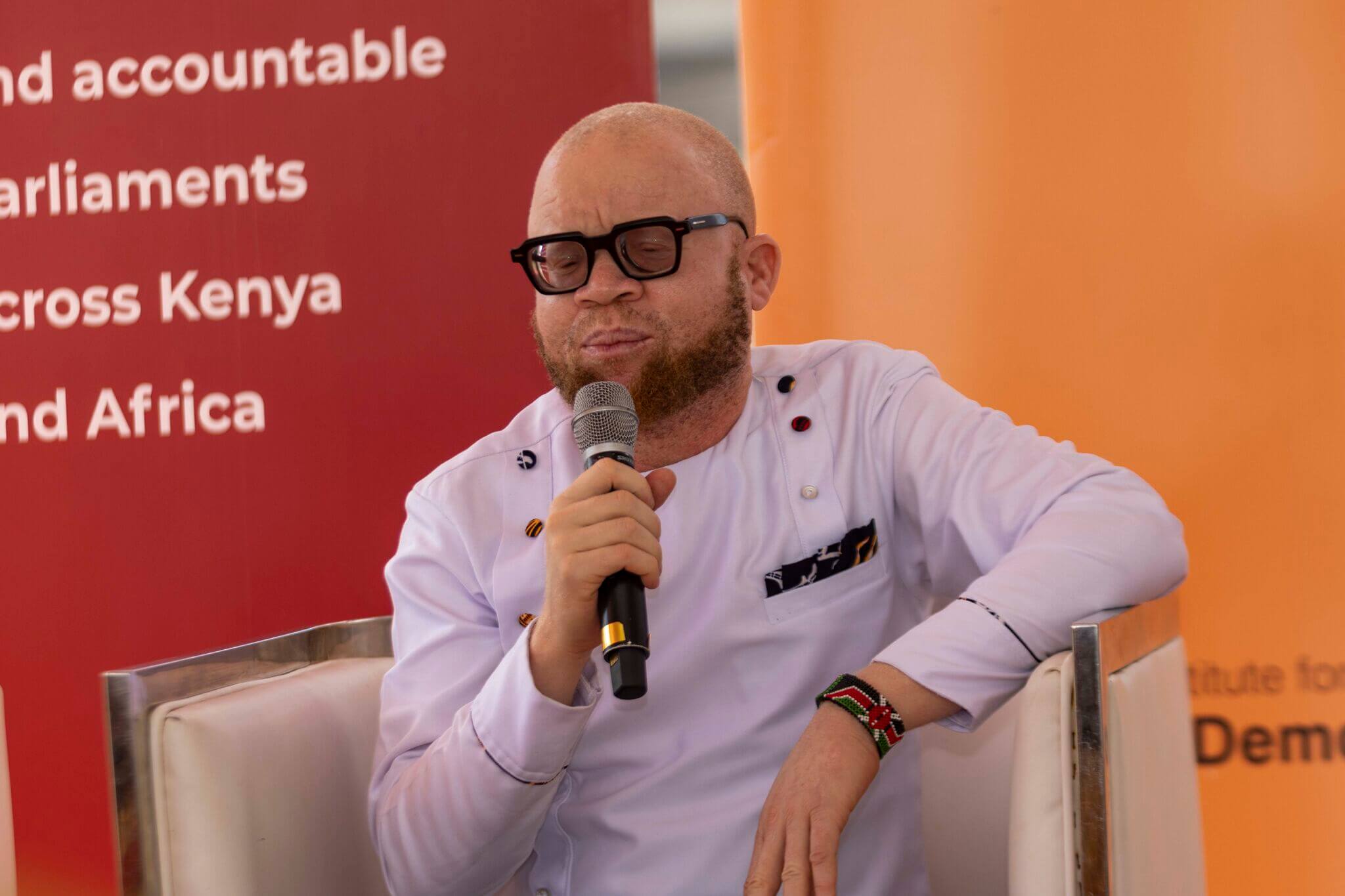
3. Equal access on voting day
Inaccessible voting stations and materials can stop people with disabilities participating in elections.
Election authorities can take proactive steps to remove barriers and offer reasonable accommodations. These include:
- Trained election officials — polling station workers should be trained on disability inclusion. Focusing on how to communicate with and relate to people with disabilities, including those who are D/deaf or hard of hearing, and how to provide assistance if needed.
- Accessible polling stations — voting stations should be clearly marked and barrier free, including ramp access for people who use wheelchairs and sufficient seating for those with physical disabilities.
- Adapted ballot papers — all voting materials should be in accessible formats, including in large text and, where possible, in Braille.
- Adapted polling booths and ballot boxes — booths should be free of any obstacles. Ballot boxes should be at a height where they can be reached by people of short stature and those who use wheelchairs.
- Alternative voting methods — for example, allowing for early postal votes and initiatives like “curbside voting”.
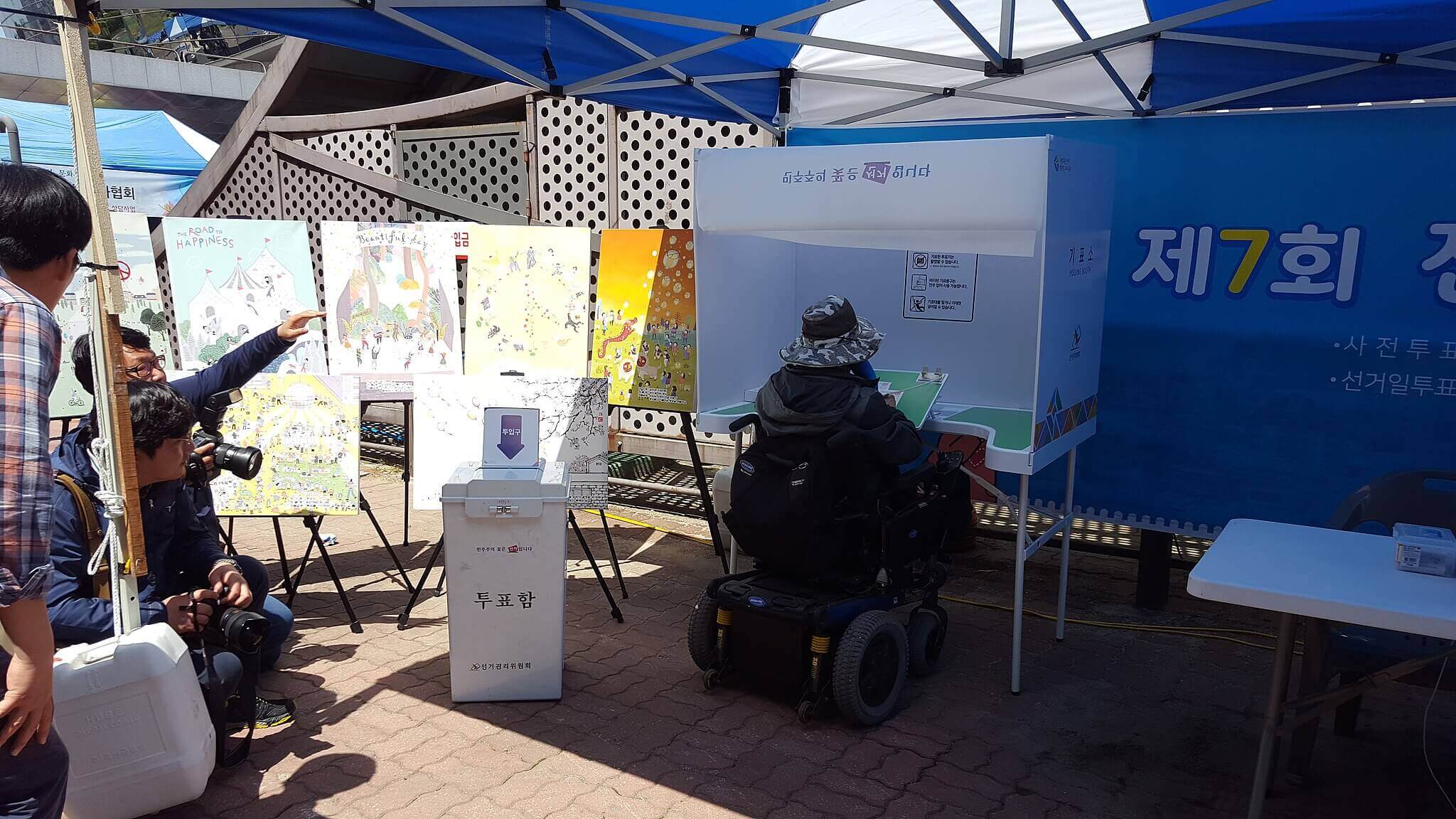
4. Monitor inclusion
Election observers and monitors have a responsibility to ensure an election is free and fair.
They also have a duty to check the process is disability inclusive, with equal access to voting for all.
Election authorities should work with advocacy organisations and OPDs to review and adjust their evaluation tools. This is to ensure they can accurately evaluate the effectiveness of measures supporting voters with disabilities.
For example, monitoring polling stations for accessibility, ensuring quota systems are respected, and surveying voters with disabilities to collect feedback on their experiences.
By evaluating the inclusivity of an election, and the effective participation of people with disabilities, progress can be measured and issues identified.
Election observers should work with OPDs on the reporting process and to make recommendations to improve accessibility for future elections.
5. Inclusive post-election information
The importance of inclusion doesn’t stop once the votes are counted.
In the post-election period, it is essential for election results to be fully accessible to all.
The official electoral commission website reporting the results must have accessibility features.
Journalists also have a responsibility to make sure their media reports on the election are inclusive and accessible for people with disabilities.
Contacting elected representatives should also be possible in accessible formats. People with disabilities have the same rights as everyone else to communicate with their members of parliament and hold them to account.
Collins says while countries, including Kenya, have made progress on political inclusion of people with disabilities, barriers remain. For example, the need to streamline complaints processes to allow voters with disabilities to voice concerns.
“In some countries that have ratified the UNCRPD, we have seen steps forward, including targets for additional elected members with a disability. However, more is needed to put plans into practice,” he says.
“Every adult has the right to vote on decisions that will affect their lives. It is our collective responsibility to uphold this right, so no one is left out of the democratic process.”
For more information on how to make elections disability inclusive, we recommend the following resources:
- Checklist: Is your election campaign accessible? (European Disability Forum)
- Equal Access: How to Include Persons with Disabilities in Elections and Political Processes (International Foundation for Electoral Systems)
- 6 Tips for Making Voting Accessible (US Election Assistance Commission)
- Accessibility of elections (UK Electoral Commission)
- Guide for the Effective Participation of Persons with Disabilities in the Electoral Process in Burkina Faso (Light for the World, Burkina Faso Ministry of Women, National Solidarity, Family and Humanitarian Action, COMUD/Handicap)
- Minimum standards on inclusion of persons with disabilities in political parties (Westminster Foundation for Democracy – WFD)
- 6th Human Rights Report 2022: political participation of persons with disabilities (European Disability Forum)
